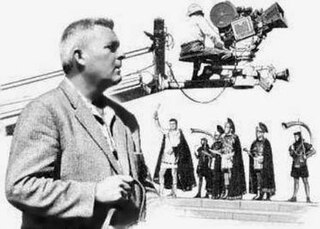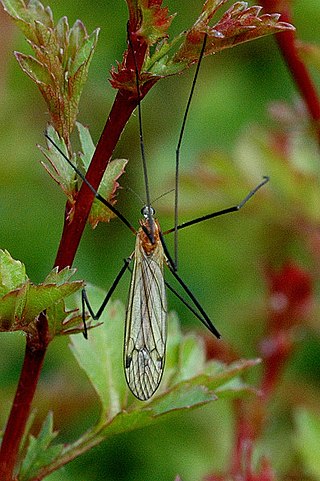
John Alton, born Johann Jacob Altmann, in Sopron, Kingdom of Hungary, was an American cinematographer of Hungarian-German origin. Alton photographed some of the most famous films noir of the classic period and won an Academy Award for the cinematography of An American in Paris (1951), becoming the first Hungarian-born person to do so in the cinematography category.

William H. Daniels ASC was a film cinematographer who was Greta Garbo's personal lensman, serving as the cinematographer for such Garbo-starring films as Torrent (1926), The Mysterious Lady (1928), The Kiss (1929), Anna Christie, Romance, Grand Hotel (1932), Anna Karenina (1935), and Camille (1936). Early in his career he worked regularly with director Erich von Stroheim, providing cinematography for such films as The Devil's Pass Key (1920) and Greed (1924). Daniels went on to win an Academy Award for Best Cinematography for his work on The Naked City (1948).
Frank Skinner was an American film composer and arranger.

Joseph Ruttenberg, A.S.C. was a Ukrainian-born American photojournalist and cinematographer.
Cyril John Mockridge was an English film and television composer. He received professional training at the Royal Academy of Music in London. In the early 1930s, Mockridge went to Hollywood where he scored and arranged the music for more than a hundred films including Cheaper by the Dozen, River of No Return and The Man Who Shot Liberty Valance.

Milton R. Krasner, A.S.C. was an American cinematographer who won an Academy Award for Three Coins in the Fountain (1954).
George Sherman was an American film director and producer of low-budget Western films. One obituary said his "credits rival in number those of anyone in the entertainment industry."

Russell Metty, A.S.C. was an American cinematographer who won the Academy Award for Best Cinematography, Color, for the 1960 film Spartacus.
Oscar Rosander was a Swedish film editor with more than 100 feature film credits. He was born in Eksjö, Sweden in 1901. He studied modern languages at Uppsala University and later worked with film dubbing and editing for the Swedish film studio Svensk Filmindustri.
Günther Anders was a German cameraman and cinematographer.

Austrolimnophila is a genus of crane fly in the family Limoniidae.
Georges Van Parys was a French composer of film music and operettas. Among his musical influences were the group Les Six, Maurice Ravel, and Claude Debussy. Later in his career he served as vice-president of the Société des auteurs, compositeurs et éditeurs de musique. He is buried in the cemetery at Villiers-sur-Marne.
The International Radio Corporation (IRC) was an American radio receiver manufacturing company based in Ann Arbor, Michigan. It was established in 1931 by Charles Albert Verschoor with financial backing from Ann Arbor mayor William E. Brown, Jr., and a group of local business leaders. IRC manufactured numerous different radios, many bearing the Kadette name, including the first mass-produced AC/DC radio, the first pocket radio, and the first clock radio. Due to the seasonal nature of radio sales, the company attempted to diversify its offerings with a product that would sell well during the summer, eventually settling on a camera that would become the Argus. In 1939, IRC sold its radio-manufacturing business to its former General Sales Manager, W. Keene Jackson, although his new Kadette Radio Corporation only survived for a year before it went defunct. After World War II, International Industries and its International Research division became wholly owned subsidiaries of Argus, Inc., after which point the International name ceased to exist.
Sam Nelson (1896–1963) was an American film director who worked from the end of the silent era through the early 1960s. While most of his film work was in the assistant director role, he did direct over twenty films during the 1930s and 1940s, all of which were Westerns. As an assistant director, he worked on such productions as Pennies from Heaven, And Then There Were None, All the King's Men, the original 3:10 to Yuma, Some Like It Hot, A Raisin in the Sun, and Spartacus. In addition, he appeared in over a dozen films in small acting roles.
This is a list of the writings of the American writer August Derleth.














